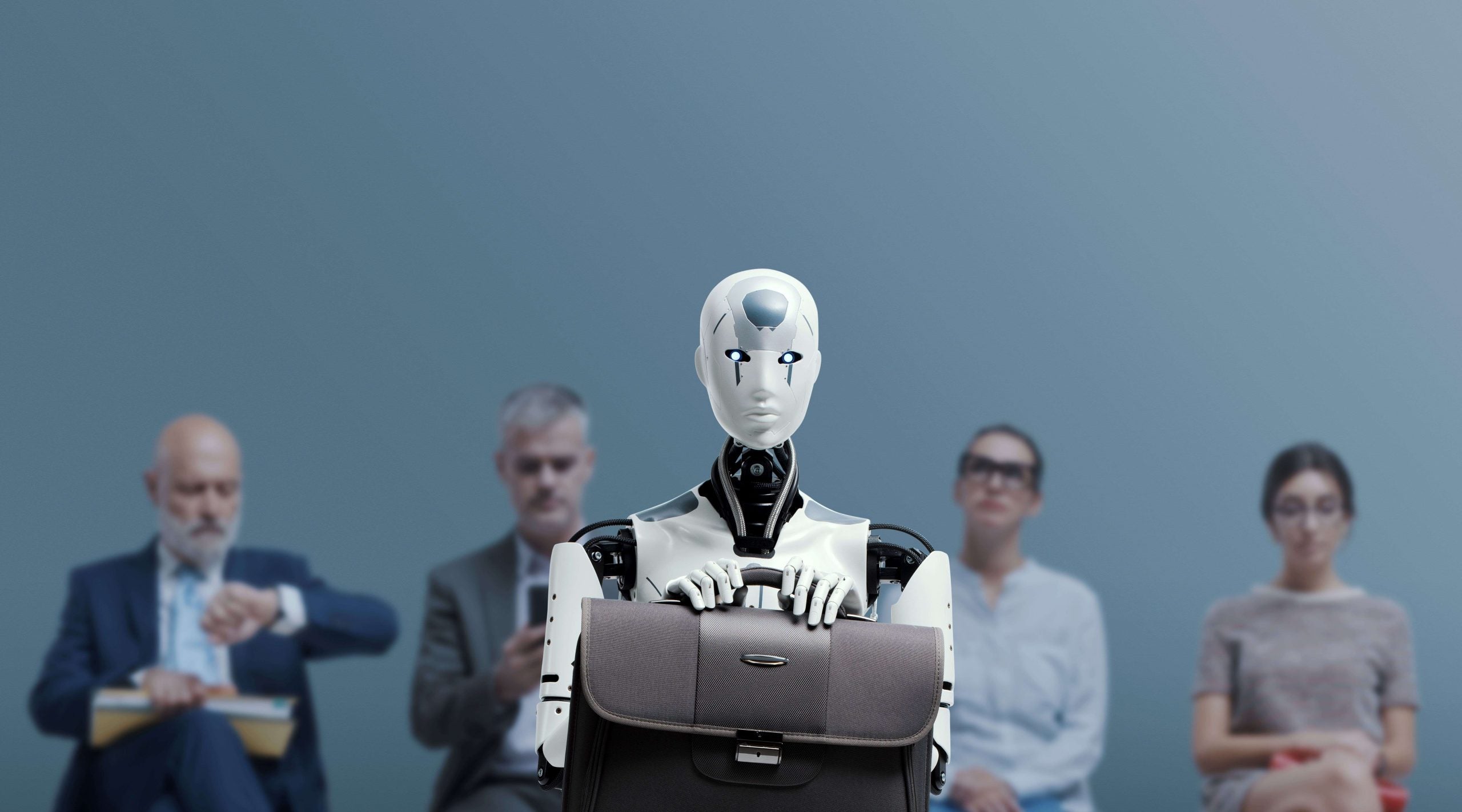
Since the release of ChatGPT in November 2022, AI tools have dominated the headlines. Large language models (LLMs) including Google Bard and LLaMa have followed OpenAI’s chatbot release, but with these tools still in their infancy, companies including Apple, Samsung and Amazon have banned their use.
With uncertainty around the risk versus reward of LLMs in the workplace, questions have been raised around the potential of this new technology to supercharge productivity.
According to Maya Sherman, senior analyst at research analyst GlobalData, “AI can potentially enhance productivity in the workplace under suitable operational, ethical, and societal safeguards.” Certainly, early research has suggested that AI will transform both the efficiency and quality of work produced, evident in a 2023 study by MIT.
Researchers found that, of 444 participants, those using ChatGPT were on average 37% faster and produced significantly better work, according to impartial assessments on writing quality, content quality and originality. The participants were “marketers, grant writers, consultants, data analysts, human resource professionals, and managers,” suggesting that these occupations might be suited to an AI-integrated future.
AI to enable scientific breakthroughs
Some scientific advancements with AI have already been made. Last year, DeepMind’s AlphaFold was able to successfully predict the 3D structures of almost every catalogued protein, of which there are over 200 million. The technology represents “the beginning of new era of digital biology,” according to Demis Hassabis, founder and CEO of DeepMind. As the technology continues to develop, its uses will evolve, catalysing breakthroughs that may have taken years. According to Dario Perkins, managing director at Global Macro, AI has enabled scientists “to do things they thought would take decades in a matter of months.”
The evidence suggests that AI will revolutionise productivity; however, potential does not always materialise as expected, and AI may find its primary market outside of the workplace. Perkins suggested that “there could be an element of AI where it just becomes a form of entertainment: you might have AI friends, AI romances – who knows? These offset the gains you get from working more efficiently.”
How well do you really know your competitors?
Access the most comprehensive Company Profiles on the market, powered by GlobalData. Save hours of research. Gain competitive edge.

Thank you!
Your download email will arrive shortly
Not ready to buy yet? Download a free sample
We are confident about the unique quality of our Company Profiles. However, we want you to make the most beneficial decision for your business, so we offer a free sample that you can download by submitting the below form
By GlobalDataPerkins draws on the example of mobile phones, once predicted to transform the way we work: “if you told somebody 20-25 years ago that they would have this amazing device in their pocket called a smartphone… you probably would have imagined massive growth in productivity… that never really materialised.”
AI enabled social robots on the horizon
Technology and productivity are evidently not directly correlated, and we can expect AI’s impact to be similarly mixed, possibly furthering science and optimising workplace processes, whilst also finding a market in less ‘productive’ environments.
In fact, there is already a significant market for AI as a companion. DeepAI has launched a variety of chat modes to allow users to communicate with different personalities, including historical figures, a comedian, motivational coach, or even a ‘drunk friend’, complete with spelling errors, confused responses and various expressions of “WOOooOOoooooO!”. The technology offers a human-esque interaction for entertainment; meanwhile, Wysa and Woebot offer AI mental health advice and support for those struggling with low mood, and Chai offers AI friendship.
Sherman explains the growth in social uses for AI: “during the pandemic, AI has been used for companionship, to moderate the impact of loneliness and mental depression. Ever since, we have witnessed increased usage of AI-driven tools supporting communication with businesses and communities.”
With over 100,000 downloads, Romantic AI is exploring an alternative use for AI technology, away from concerns around productivity. Users can flirt with reciprocative chatbots and develop ‘relationships’ with a customisable partner. The personalities of the bots can be adapted based on the preferences of the app’s users, allowing them to design and interact with their ideal romantic partner.
The darker side of AI
Alternatively, AI’s productivity potential may be maliciously fulfilled. Bad actors can jailbreak LLMs, with several reports already made of users successfully tricking the technology into providing instructions on building bombs. Snapchat’s AI has also been accused of informing underage children how to hide the smell of alcohol and other substances. AI is not straightforwardly positive then, and its introduction into workplaces might expose businesses to additional risks from cyber-attackers and hackers.
Sherman predicts that we will see some realisation of AI’s potential in the workplace: “ChatGPT will become our professional digital twin, increasing the scale and scope of our traditional capacity. This will probably lead to distinct educational and professional training in the workforce.” AI looks set to become an invaluable tool in office workspaces across the world; however, the amoral tool will be used by bad actors as well as good. The impact of AI on the working world remains to be seen, but the technology may find itself most popular as a means of connection and companionship, or even entertainment.







